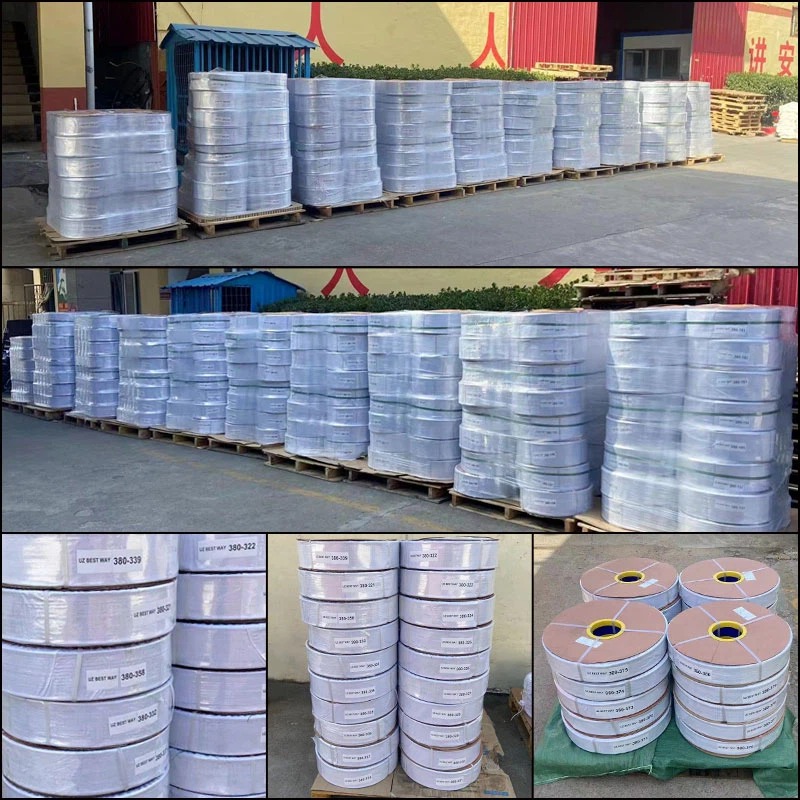Africa Promotes Solar Irrigation Systems
Due to climate change, farmers in Kenya have to face the problem of erratic rainfall; coupled with the lack of modern agricultural technology for farmers in the region, the harvest figures of crops have not been good; the cost of energy such as gasoline and electricity is too high. Various factors make it impossible to improve the living standards of local residents.
The solar irrigation system converts solar energy into electricity, helping Kenyan farmers to efficiently use water resources to irrigate their farmland. Utilizing endless sunlight as a source of electricity, the Solar Irrigation System has been launched. This equipment uses solar energy to convert electricity, pumps water into the water storage tank during the day, and opens the water storage tank when crops need to be irrigated. The water is discharged into the drip tube for irrigation, and the water resource can be dripped precisely where it needs to irrigate the roots of the crops.
In this way, crop yield can be greatly increased by 300%, and water waste can be effectively reduced by 80%. Farmers no longer need expensive power grids and power systems, and no longer need to pay high gasoline fuel costs, greatly improving the livelihood of local residents. Solar power can be a safe, clean and reliable source of local electricity, saving farmers from high electricity bills and providing power when needed.
In fact, Kenya has 5.4 million hectares of arable land, but more than 80% of the area needs pumps to irrigate farmland. However, due to the lack of local power systems, it is difficult to improve Kenya's agricultural economy.
Fuel generators such as diesel are extremely expensive for residents in Africa. More than 80 percent of Africa's rural population does not have access to grid electricity, and even if there was a grid connected to their farm area, local farmers would not use it -- because of the high cost of electricity and the unreliable power supply.
The biggest challenge in promoting the Solar irrigation system lies in the initial equipment construction cost. Provide farmers with a new loan model, and provide farmers with repayment of equipment funds during the growth of several crops. It is hoped that this model can greatly change the quality of farmers' agriculture.
Of course, in addition to Kenya, this agricultural irrigation system will be expanded to other countries in East Africa through other distribution partners. Through this model, farmers' income, crop yield, and quality of agricultural products can be increased.




